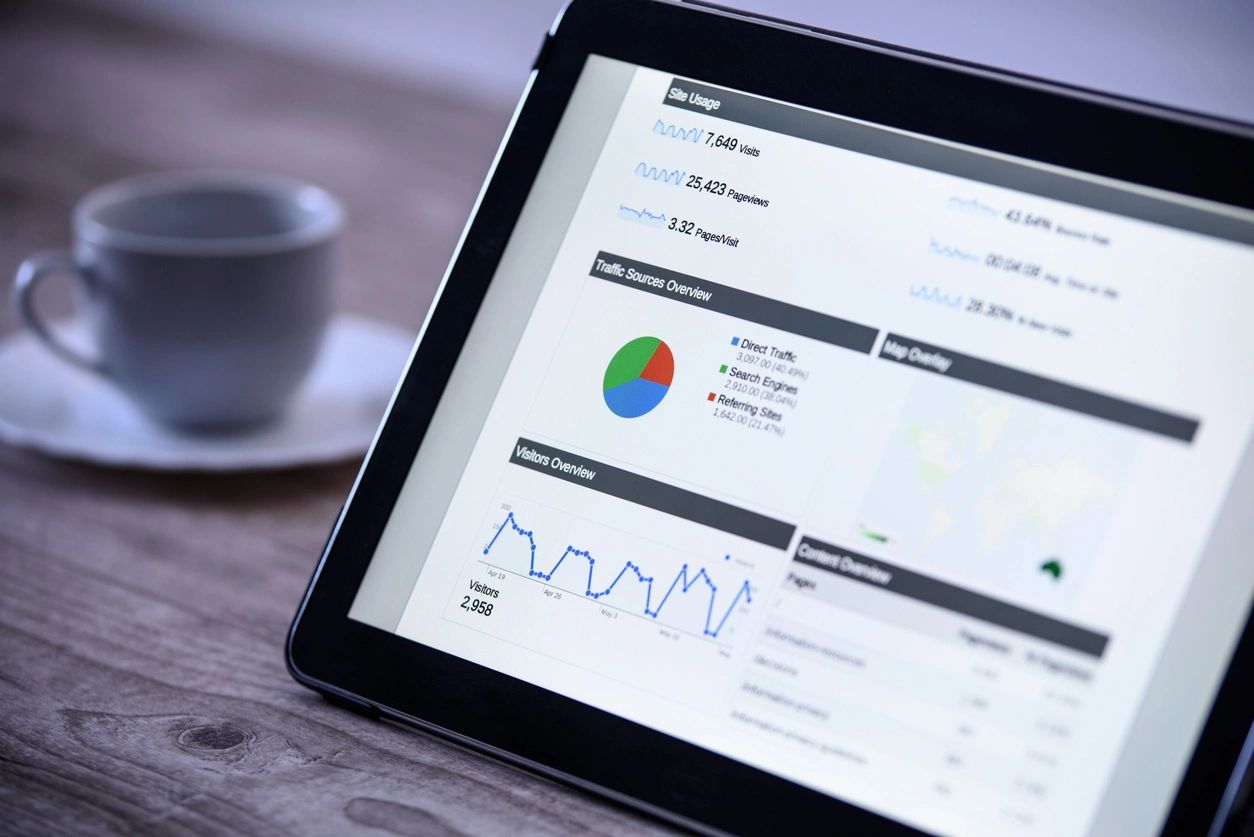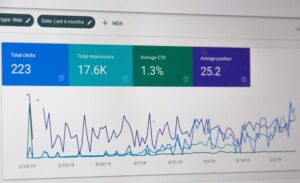The marketing funnel is one of the most important concepts in marketing. It helps businesses understand where their customers are coming from and how they can get more people in each stage of the funnel.
Marketing funnels are a proven way to turn more visitors into leads, customers and then evangelists. This article will help you understand the components of a successful marketing funnel for your business, as well as learn about how to create an effective marketing funnel.
What is a marketing funnel?
Marketing funnel is a process of converting leads into customers. It starts with lead generation, which includes advertising and content marketing. Lead generation will generate leads which are qualified and unqualified prospects. The qualified prospects will be further nurtured by the marketing team to convert them into customers.
There are four main types of marketing funnels:
- Awareness-Driven: This funnel is designed primarily to increase awareness of a brand or product to a potential customer. For example, if you want to put your business into the spotlight by getting more people to look at your website then this is the campaign for you. The goal here is that the potential customer sees your business in the website and then goes to a store to check it out. This funnel is typically created with the goal of getting qualified leads. If you want to make it more successful, you can use landing pages, messaging and sales tactics that are tailored towards this goal.
- Lead-Generation: This is the process of turning a lead into a prospect, and from there, a customer. It’s the first step in the marketing funnel. Lead-generation funnels are typically free to enter and provide an opportunity for prospects to sign up for more information.
- Customer Acquisition: This is a type of marketing funnel designed to acquire customers. The most common example is a sales funnel, which has several steps that typically include identifying the target market, crafting an offer and communicating with potential customers.
- Revenue-Based: This marketing funnel is a tool that tracks the number of people who visit a company’s website and how many of those visitors make a purchase. A revenue-based funnel will also track the average order value, geographic location, and products purchased by each customer.
The following are the four steps in the marketing funnel process:
- Lead Generation: This is the process of obtaining contact information from people who are interested in a product or service offered by the company.
- Qualified Leads: Once a lead has entered into your funnel, you’ll be able to monitor their activity to determine which leads are “qualified” and which ones are not. A qualified lead would mean someone who has shown an interest in purchasing a product. For example, someone who has interacted and/or follows your Instagram profile also signed up to your email list to receive the free PDF that you’re giving away.
- Nurturing Leads: After the lead has entered your ecosystem, this is the time to nurture them. By setting up an automated email campaign you’ll be able to do this very easily. Most email marketing platforms easily allow you to set up email funnels. Once a lead enters their email address, it triggers the drip campaign.
- Converting Leads to Customers: This is the final process for a lead, which is when prospects become actual customers by buying a product or service.
The Components of a Successful Marketing Funnel
In the previous point, we discussed the four steps in a marketing funnel as well as the four main types of marketing funnels. Now we’ll go a bit deeper and talk about what makes your funnel a winner.
Remember, the goal is to get customers to move through it as smoothly as possible, understanding every piece of information along the way, with the goal of converting them into paying customers.
Here are a few components of a successful marketing funnel:
- The offer: In order to convince people to sign up, they have to feel like they’re getting value from the free product you’re offering. Put yourself in their shoes. If you’re giving out a desktop wallpaper, that’s not beneficial.
- The copy: Words, words, words! It’s all about the words. The way you’re communicating your offer and upselling leads to your businesses’ products or services is very important. Be accurate and concise. There’s no need to fluff.
- The graphics/visuals: People love shiny objects. Appealing graphics can really complement your business and its products or services.
- The usability: Make sure that it is as easy as possible for prospective clients to sign up and receive their digital download. If they have issues signing up and receiving a free digital download, why would they pay you? Make a good first impression.
- The functionality: This is more so for the business’ side, but keep the functionality of the funnel really easy to navigate. Someone who did not set up the funnel should be able to be thrown into it and understand exactly what’s going on and how to fix any errors.
What is the ideal length for your sales cycle?
The ideal length of your sales cycle depends on the type of product you are selling. The length of time it takes to close a sale is influenced by many factors, such as the cost and complexity of your product and the level of competition in your industry.
Ideally, you should have a short sales cycle for products that are inexpensive or simple to produce. Products that require more work or have higher costs should have longer sales cycles.
How to Create a Lead Magnet that Converts Cold Traffic into Paying Customers
Lead magnets are a great way to generate leads and convert them into paying customers. It’s typically a free offer that incentivizes people to subscribe to your newsletter. People give their email address in exchange for the free item you’re offering.
This strategy can be used for promoting any type of business, but it’s most effective when you have an offer that can be delivered digitally, like a PDF guide on the best marketing trends for 2023, for example.
There are many ways to create a lead magnet, but the most successful ones are those with high value content or exclusive offers.
Let’s assume we’re building out a lead magnet that gets people to sign up to your email newsletter and then to purchase the cheapest product or service your business offers.
Step 1: Find out what you can offer. Can you provide a digital download (PDF, template, audio file)? Can you offer a free 10-minute introductory call?
Step 2: Configure the marketing automation in your email marketing program, like Mailchimp, ActiveCampaign, or ConvertKit. These automations are usually quite simple to configure. The key in this step is the copy. Every word must be well thought out and strategically used. People don’t have time to read an email from a company they’ve just met, so be brief and get your point across.
Step 3: Monitor how the campaign and automation is performing. Check for any errors. Are people getting your digital download? Are they liking it?
Step 4: Follow up with them about their digital download (probably 24 hours after). Ask them what they think of it and if they have any questions. This follow up email is a good place to insert more information about the higher-tiered products or services your business offers. If your business is a marketing agency, for example, you could try and “up sell” the lead to running a campaign with your agency.
Step 5: Evaluate, evaluate, evaluate! Check your analytics after a month or two. How many people have signed up? How many have converted? How many have followed through on your call-to-action? If your funnel isn’t performing as well as it should, then go back and adjust the offer, copy, automations, or all of the above.
Conclusion
Marketing funnels are one of the prime ways your business can collect data and market to people who may need your services. They can be achieved in a number of ways, but typically the easiest (and one of the best ways) is through the email signup we discussed throughout this article.
Once your business has figured out what it wants to giveaway, it can properly set up a campaign to collect emails and automatically distribute the free digital download. Most businesses go this route because the process is almost entirely automated.
Have you set up a marketing funnel before? What worked and what didn’t? Share them in the comments below!








